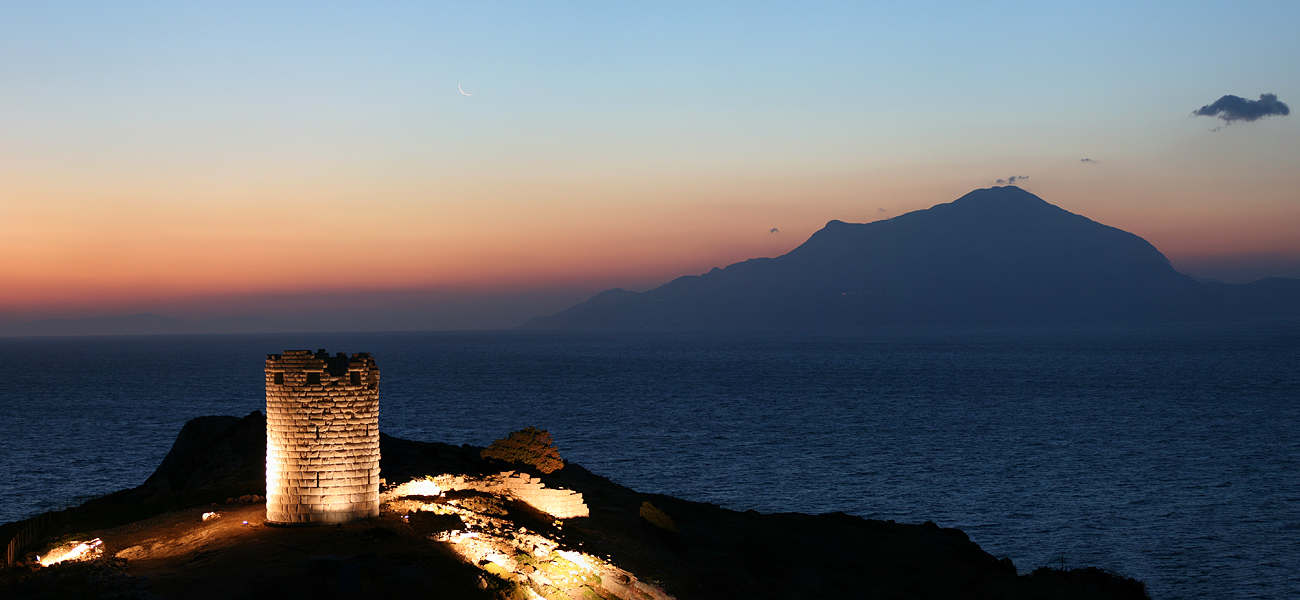Modern Greek for classicists and archaeologists

Why should a classicist study modern Greek in Ikaria?
Ikaria is an island in the eastern Aegean, known for its remote location, ruggedness, and for the longevity (as well as high quality of life) of its inhabitants. It has been identified as one of the world’s five Blue Zones, i.e. areas where members of the local population regularly – and happily – live to the age of 100. For more on the status of Ikaria as a Blue Zone (“the island where people forget to die”) see here.
As a student in our course you will have the opportunity to taste the island’s cuisine and experience its unique way of life. These may be secrets to the islanders’ long and happy lives!
In antiquity, Ikaria served as an important cultural crossroads between the Cycladic islands and Asia Minor. The two ancient settlements of Ikaria, Oenoe and Therma, both appear on the tribute lists of the Delian League. In myth, Ikaria is sometimes cited as the birthplace of Dionysus (the source of Ikaria’s famous wine and dancing?). The Temple of Artemis at Nas is likely the site where Agamemnon first angered Artemis by hunting her sacred deer; her only consolation afterwards was the slaughter of Iphigenia. Euripides, known in antiquity for his love of solitude, is even said to have paid a visit to (and to have composed poetry on) the island.
And, of course, apart from Icarus there are many other shipwrecks around Ikaria… The nearby Archipelago of Fourni (https://goo.gl/maps/QG8GqPJHLoP2) is the site of many wrecks, in part due to the strong winds blowing year-around in that area.
http://www.archaeology.org/news/3836-151028-greece-fourni-shipwrecks